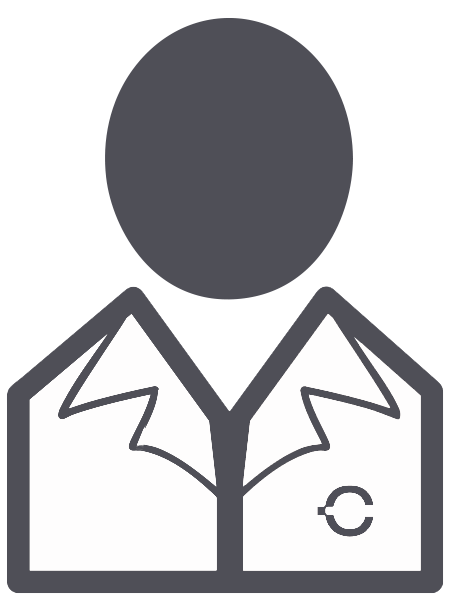abstract
Inverse gas chromatography was used to obtain the activity coefficients at infinite dilution (gamma(infinity)(13)) of several organic solutes and water in the thermotropic ionic liquid crystal phases of both [C(12)mim][BF4] and [C(14)mim][BF4] and their isotropic phases. In the smectic to isotropic transition, a change in the linear representation of the natural logarithm of gamma(infinity)(13) with the reciprocal temperature was observed for [C(14)mim][BF4], and was more evident for alkanes, alkylbenzenes, esters, and alcohols, that can be related to structural modifications of the stationary phase. Results are interpreted in terms of the enthalpic and entropic contributions of solute-IL interactions. Selectivities and capacities of important separation problems, such as octane/benzene and cyclohexane/benzene, were calculated and compared with literature values for separating agents such as N-methyl-2-pyrrolidinone, sulfolane, and ionic liquids presenting the [BF4](-) anion combined with several imidazolium-based cations. It is shown that to achieve maximum separation efficiency, imidazolium cations with short alkyl chain lengths such as [C(2)mim][BF4] should be used, whereas high capacities require larger alkyl chain lengths.
keywords
2ND VIRIAL-COEFFICIENTS; ORGANIC SOLUTES; CHROMATOGRAPHY; MIXTURES; THERMODYNAMICS; HYDROCARBONS; ALCOHOLS; WATER; TEMPERATURE; TRANSITION
subject category
Thermodynamics; Chemistry, Multidisciplinary; Engineering, Chemical
authors
Martins, MAR; Vilas-Boas, SM; Cordova, IW; Carvalho, PJ; Domanska, U; Ferreira, O; Coutinho, JAP; Pinho, SP
our authors
Projects
CICECO - Aveiro Institute of Materials (UIDB/50011/2020)
CICECO - Aveiro Institute of Materials (UIDP/50011/2020)
Projeto de Investigação Exploratória: Pedro Carvalho (IF/00758/2015)
acknowledgements
This work was developed within the scope of the project CICECO-Aveiro Institute of Materials, UIDB/50011/2020 and UIDP/50011/2020 and CIMO-Mountain Research Center, UIDB/00690/2020, financed by national funds through the Portuguese Foundation for Science and Technology/MCTES. M.A.R.M. acknowledges financial support from NORTE-01-0145-FEDER-000006.funded by NORTE2020 through PT2020 and ERDF. S.M.V.B. acknowledges FCT for his Ph.D. grant SFRH/BD/138149/2018. P. J.C. acknowledges FCT for his contract under the Investigator FCT 2015 contract number IF/00758/2015.






